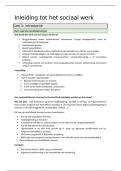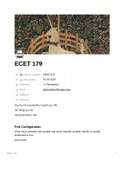Samenvatting
Summary Summaries for Strategic Sourcing - All required articles - University of Twente - International Business Administration - SUM module
- Instelling
- Universiteit Twente (UT)
Summary of all required articles for strategic sourcing. Originally, the summary was written for the subject "Strategic Sourcing" of the SUM module, University of Twente. The summary consists of the following articles: 1. Bensaou, M., (1999). Portfolios of buyer‐supplier relationships. 2. Chopra...
[Meer zien]












